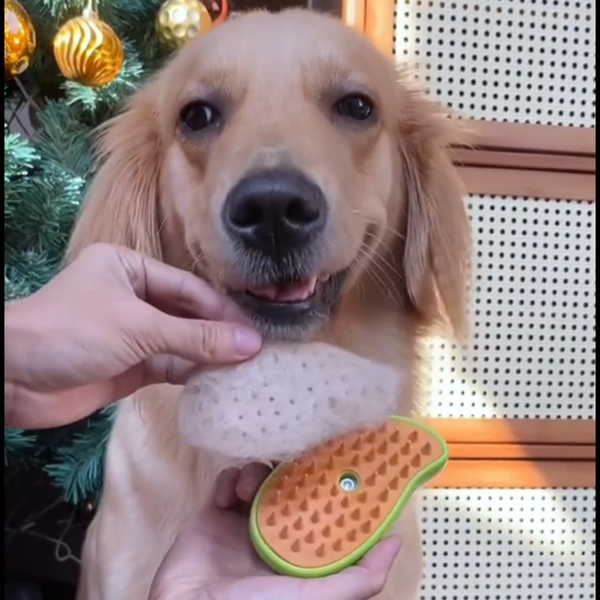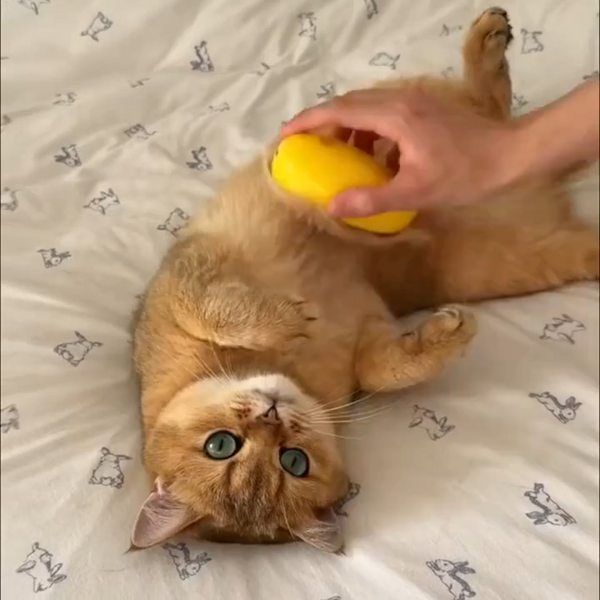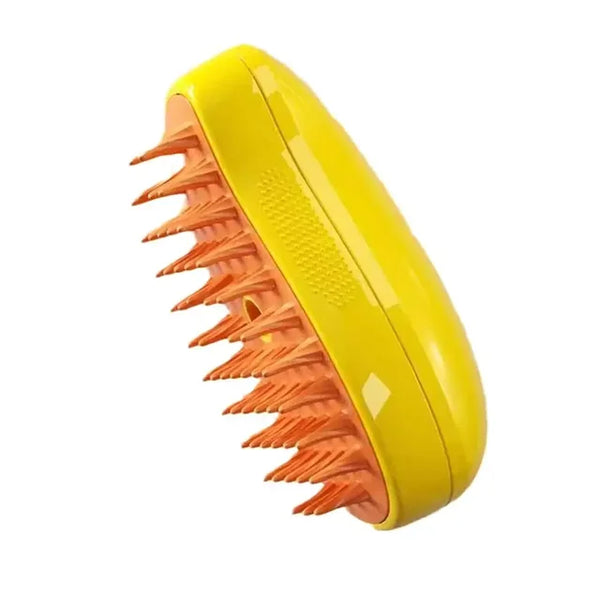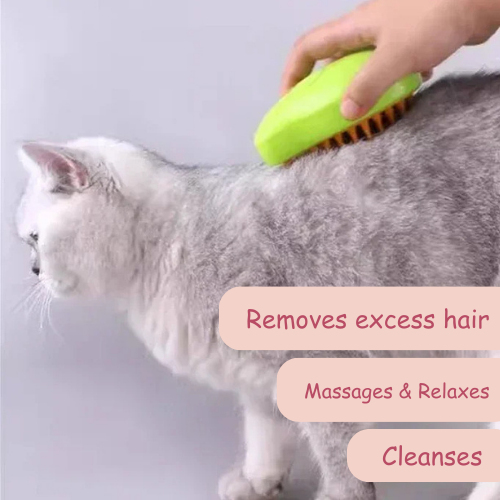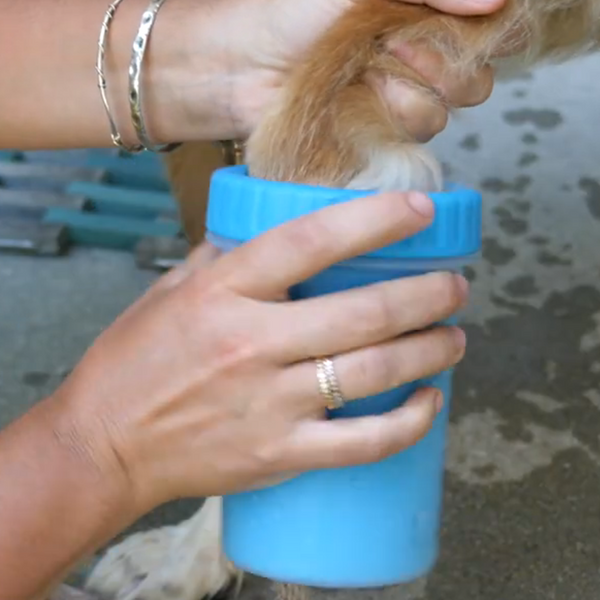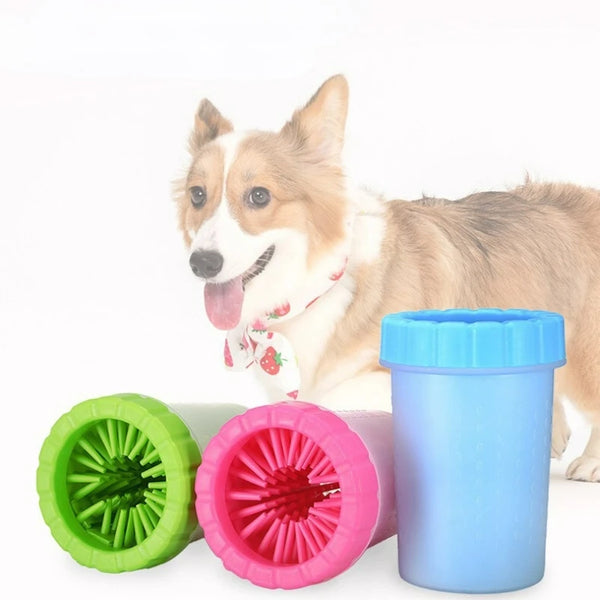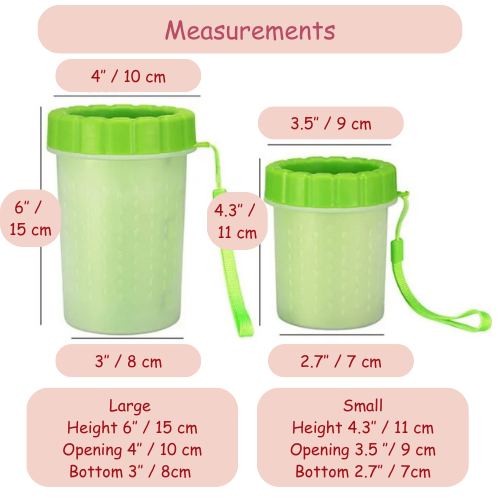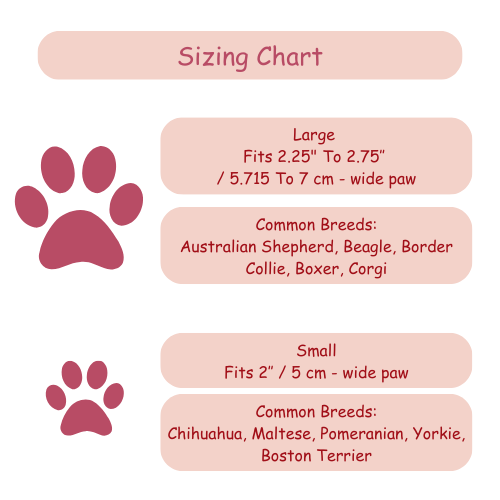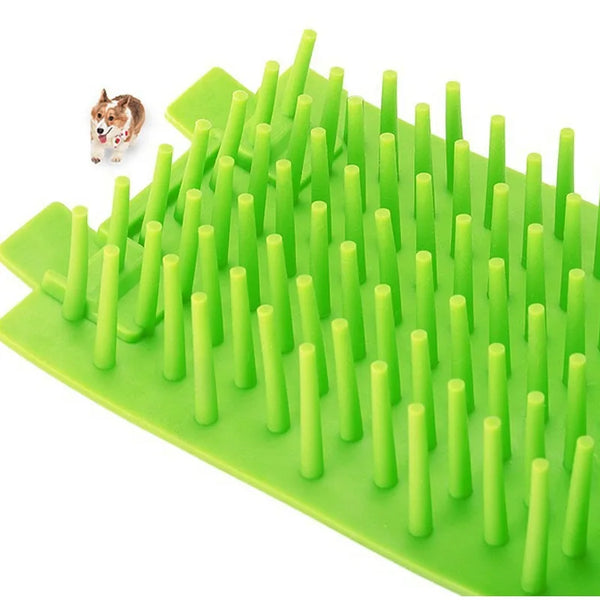As a pet owner, it's important to understand the different types of pet coats and how to properly groom them. Each type of coat requires specific care to keep your furry friend looking and feeling their best. In this blog post, we will explore the various coat types and provide tips for DIY pet grooming.
What are the Different Types of Pet Coats?
Pet coats can vary greatly depending on the breed and individual characteristics. Here are some common types of pet coats:
1. Short Coat
Short coats are typically smooth and close to the body. Breeds like Dalmatians and Boxers have this type of coat. They require regular brushing to remove loose hair and keep the coat shiny.
2. Long Coat
Long coats are characterized by their length and volume. Breeds like Afghan Hounds and Shih Tzus have long coats. Regular brushing is essential to prevent matting and tangling. Trimming the hair around the eyes and paws can also help maintain cleanliness.
3. Double Coat
Double coats consist of a dense undercoat and a longer topcoat. Breeds like Golden Retrievers and Huskies have double coats. These coats require regular brushing to remove loose hair and prevent matting. During shedding seasons, more frequent brushing is necessary.
4. Curly Coat
Curly coats have tight curls or waves. Breeds like Poodles and Bichon Frises have curly coats. Regular brushing is necessary to prevent matting, and professional grooming may be required to maintain the desired shape and length.
5. Wire Coat
Wire coats have a coarse, rough texture. Breeds like Terriers and Schnauzers have wire coats. Regular hand-stripping or professional grooming is necessary to maintain the texture and prevent matting.
How to Groom Your Pet's Coat
Grooming your pet's coat is an essential part of their overall health and well-being. Here are some tips for DIY pet grooming:
1. Brush Regularly
Regular brushing helps remove loose hair, prevents matting, and stimulates the skin. Use a brush suitable for your pet's coat type and brush in the direction of hair growth.
2. Bathe as Needed
Bathing frequency depends on your pet's coat type and activity level. Use a pet-friendly shampoo and conditioner, and thoroughly rinse to avoid skin irritation. Be sure to dry your pet completely to prevent dampness and potential skin issues.
3. Trim Nails
Regular nail trims are important to prevent overgrowth and discomfort. Use a pet nail trimmer and be cautious not to cut too close to the quick, which can cause bleeding.
4. Clean Ears and Eyes
Check your pet's ears and eyes regularly for any signs of infection or irritation. Use a pet-safe ear cleaner and eye wipes to keep these areas clean and free from debris.
5. Visit a Professional Groomer
If you're unsure about grooming your pet or if they have a complex coat type, consider visiting a professional groomer. They have the expertise and tools to handle any grooming needs your pet may have.
Remember, each pet is unique, and their grooming needs may vary. It's important to consult with your veterinarian or a professional groomer for specific guidance based on your pet's breed and individual characteristics. By understanding your pet's coat type and following proper grooming practices, you can help them look and feel their best.



